Sakurajima Travel: Best Season, Volcanic Eruptions, and Access

Sakurajima is an active volcanic island in Kagoshima. We introduce the scenic spots of Sakurajima, the best seasons to visit, real-time eruption information, and important tips to know before your trip (including flights and ferries).
The Charm of Sakurajima, an Active Volcano Still Erupting
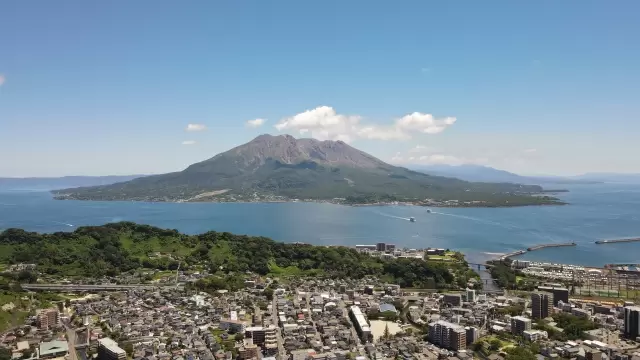
Photo by AC
Sakurajima is an active volcano that majestically rises in Kagoshima Bay (Kinko Bay).
Despite being an active volcano that erupts approximately 200 times a year on average, around 4,000 people live in this area. Its dynamic scenery allows you to truly feel the power of nature. The constantly changing mountain surface, rising white smoke, and the contrast with Kagoshima Bay create a breathtaking view.
In this article, we will introduce scenic places and the best season for visiting Sakurajima, as well as how volcanic eruptions impact travel, and details about the Sakurajima live camera that lets you check the volcano's current state in real time.
Important: Due to continuous eruptions at Sakurajima after May 15, 2025, many flights to and from Kagoshima Airport have been canceled. For the latest flight information, please check the official websites of each airline, and for Sakurajima sightseeing information, we recommend visiting the official Sakurajima Travel website. (As of May 22, 2025)
Sakurajima Travel Guide
1. Sakurajima's Classic Tourist Spots
2. Food and Dining in Sakurajima
3. Popular Activities on Sakurajima
4. Sakurajima Hotels
5. Best Seasons to Visit Sakurajima: Spring and Autumn!
6. Getting to Sakurajima: Ferry
7. Tourism During Volcanic Eruptions (Ferry, Flights, Ashfall Countermeasures)
8. Sakurajima Live Camera
Sakurajima's Classic Tourist Spots
Sakurajima allows you to experience its charm not just by viewing it but through various activities.
1. Sakurajima Visitor Center
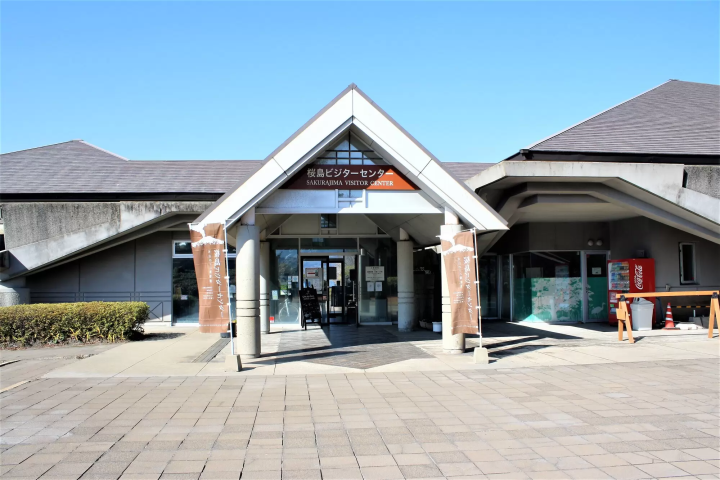
Photo by pixta
Sakurajima Visitor Center is a popular spot that many visitors to Sakurajima typically stop by first.
Here, you can learn more about Sakurajima’s formation and eruption history, see real-time information such as daily eruption counts and live cameras, and explore various exhibits for a deeper understanding of Sakurajima.
Additionally, bicycle rentals are available, allowing you to enjoy a cycling tour around Sakurajima, which is approximately 36 km in circumference, in about 3 to 4 hours. Souvenirs from Sakurajima are also sold here.
Opening hours: 09:00–17:00
Access: About a 10-minute walk from Sakurajima Ferry Terminal Sakurajima Port, or get off at Sakurajima Island View "Visitor Center" from Sakurajima Port Ferry Terminal.
Official website: https://visitor.sakurajima.gr.jp/
2. Lava Nagisa Park Footbath
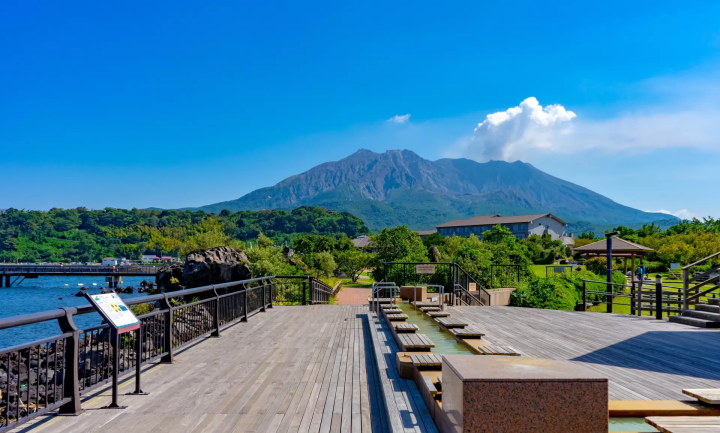
Photo by AC
Lava Nagisa Park Footbath is located within Lava Nagisa Park, about 30 meters from Sakurajima Visitor Center.
It is one of Japan’s largest footbaths, approximately 100 meters long, fed with natural hot spring water sourced from 1,000 meters underground.
Towels are available for purchase at the Sakurajima Visitor Center for 550 yen, and the footbath is free to use from 9:00 a.m. until sunset.
Hours: 9:00 a.m. – sunset
Access: About a 9-minute walk from Sakurajima Ferry Terminal Sakurajima Port, or about a 1-minute walk from the Visitor Center bus stop.
Official website: https://www.sakurajima.gr.jp/spot/4094.html
3. Lava Nagisa Promenade
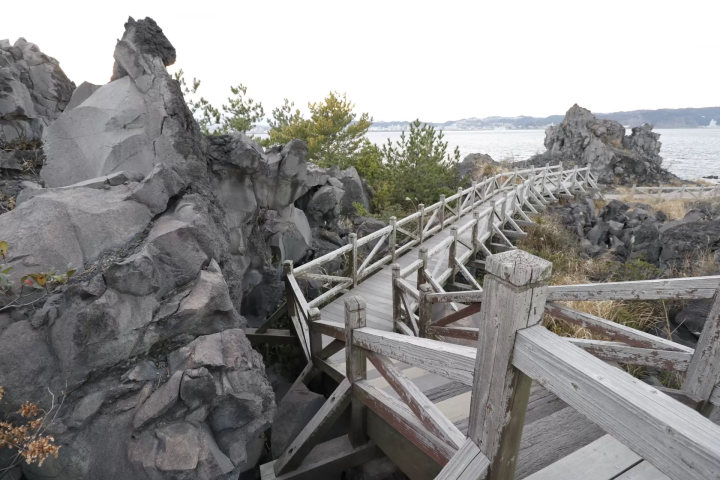
Photo by AC
Lava Nagisa Promenade has been selected as one of Japan’s Top 100 Walks, and you can access the promenade in about 1 minute from the Sakurajima Visitor Center.
This approximately 3 km long walking trail was developed on the lava flow from a major eruption in Taisho 3 (1914), offering scenic coastal walks along the shoreline.
The striking black lava, showcasing the power of nature, creates a unique and dramatic landscape.
Hours: Open 24 hours
Access: About a 10-minute walk from Sakurajima Ferry Terminal Sakurajima Port, or about a 2-minute walk from the bus stop "Visitor Center".
Official website: https://www.sakurajima.gr.jp/spot/4098.html
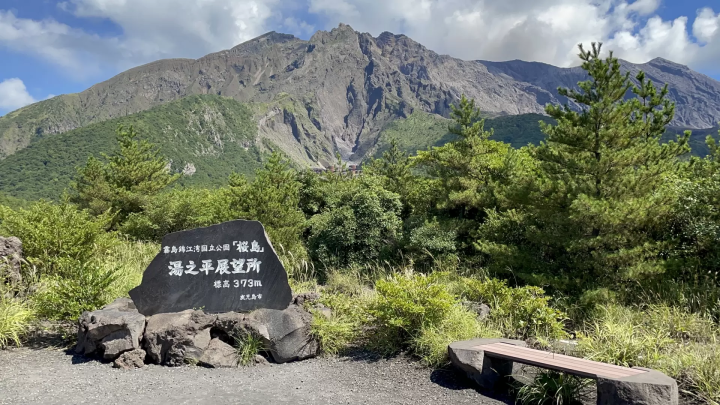
Photo by AC
The highest vantage point among Sakurajima's observation spots (elevation 373 meters) is Yunohira Observatory (Yunohira Tenbōjo).
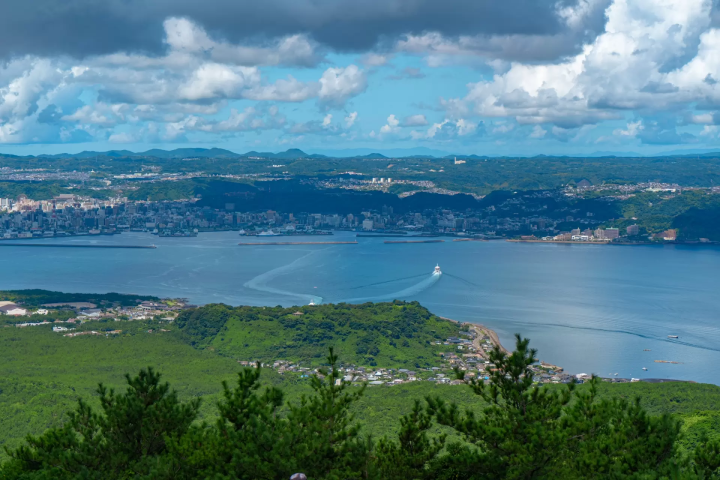
View from Yunohira Observatory / Photo by AC
This is a spectacular viewpoint where you can enjoy a panoramic view of the nearby mountain, Kinko Bay, and the cityscape of Kagoshima. Hidden within the observation spot are seven heart-shaped stones, so be sure to look for them!
Yunohira Observatory is accessible and open for free 24 hours a day. The night view is especially beautiful, enveloping visitors in a romantic atmosphere.
Hours: 24 hours
Access: Just get off at "Yunohira Observatory" from Sakura-jima Port Ferry Terminal on the Sakurajima Island View bus.
Official website: https://www.sakurajima.gr.jp/spot/4089.html
Food and Dining in Sakurajima
MINATO CAFE
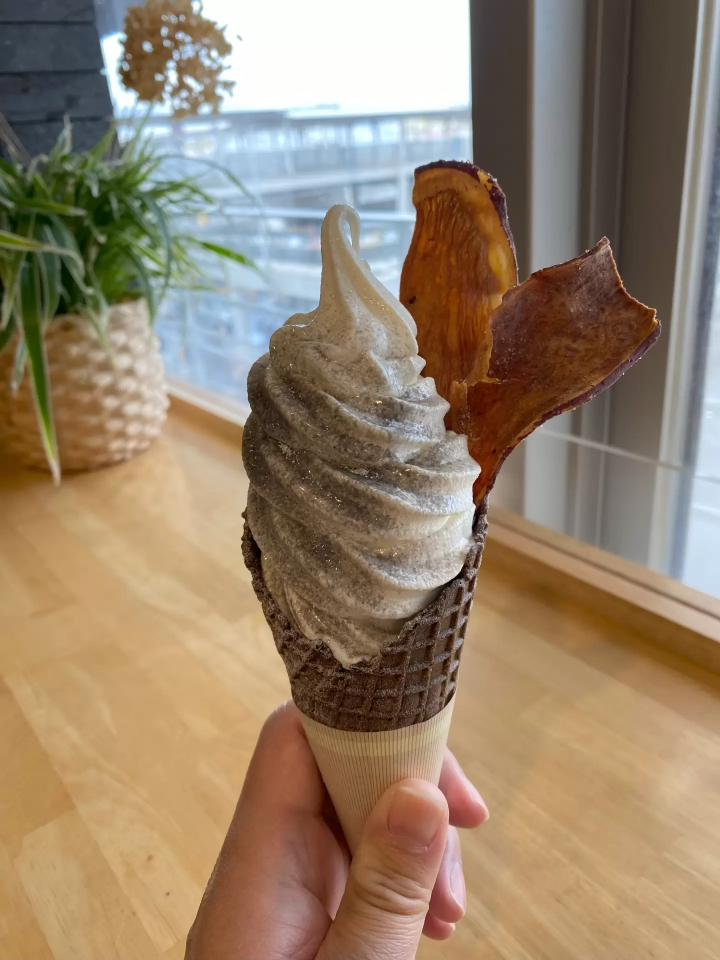
MINATO CAFE's Ashfall Softserve. Photo by AC
Located on the 3rd floor of the Sakurajima Port Ferry Terminal, MINATO CAFE is a spacious café where you can enjoy a view of the ocean.
It offers unique menu items that are exclusive to Sakurajima, such as "Sakurajima Curry" and the "Ashfall Softserve," which is topped with gray sugar resembling volcanic ash.
It's a great spot to take a break during sightseeing or while waiting for the ferry!
Hours: 11:00–16:00 (Lunch: 11:00–14:30)
Access: Just outside the Sakurajima Port Ferry Terminal
Official Instagram: https://www.instagram.com/minato_cafe/
Sakura-jima Roadside Station - Hi no Shima Megumi-kan
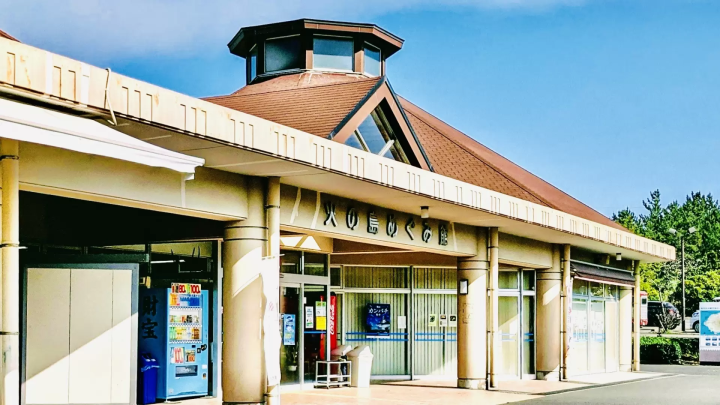
Photo by AC
Located about a 7-minute walk from Sakurajima Port Ferry Terminal, Roadside Station Sakurajima - Hi no Shima Megumi-kan.
A roadside station in Japan is a popular rest area and souvenir shop often found at tourist spots, offering locally harvested seasonal ingredients and souvenirs.
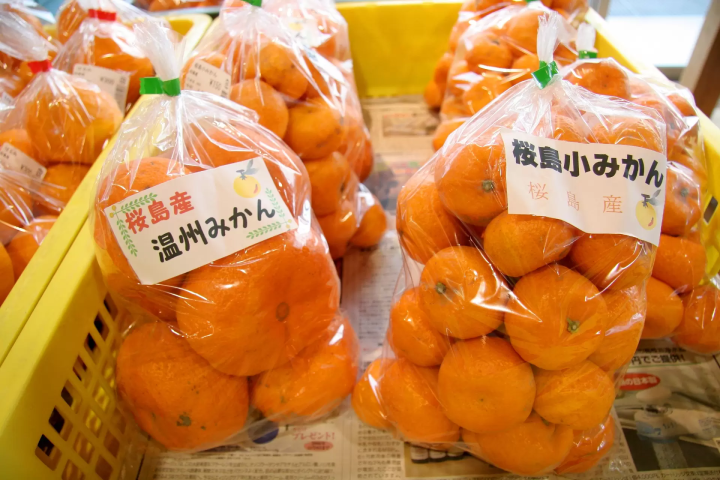
Sakurajima Small Mikan. Photo by AC
A must-try here is the menu featuring Sakurajima’s cultivated Sakurajima Small Mikan, which is registered in the Guinness World Records as the smallest mandarin in the world.
Popular items include Small Mikan Udon, which incorporates mandarin peel into the dough, and Sakurajima Small Mikan Soft Serve. Sashimi sets are also well-loved.
Hours: Local Product Shop 09:00–17:00 / Restaurant: Weekdays 11:00–14:30, Weekends & Holidays 11:00–15:00 (Last order 30 minutes before closing)
Access: About a 7-minute walk from Sakurajima Port Ferry Terminal, or get off at the Hi no Shima Megumi-kan bus stop immediately nearby.
Official website: https://www.sakurajima.gr.jp/spot/4106.html
Popular Activities on Sakurajima
On Sakurajima, you can enjoy a variety of activities such as relaxing at the upcoming reopened day-trip hot spring facility, Sakurajima Magma Onsen, engaging in marine sports like SUP and canoeing in Kinko Bay, cycling around the island with rental bikes, or even trying volcanic ash art experiences.
With an active volcano as a backdrop, why not try experiences that can be enjoyed only here?
Perfect for Souvenirs from Sakurajima ◎ Free cancellation up to 11 days before
Book Your Sakurajima Volcanic Ash Art Experience!

Picture courtesy of kkday
Hotels in Sakurajima
While Sakurajima can be fully enjoyed on a day trip, there are accommodations available, albeit not many.
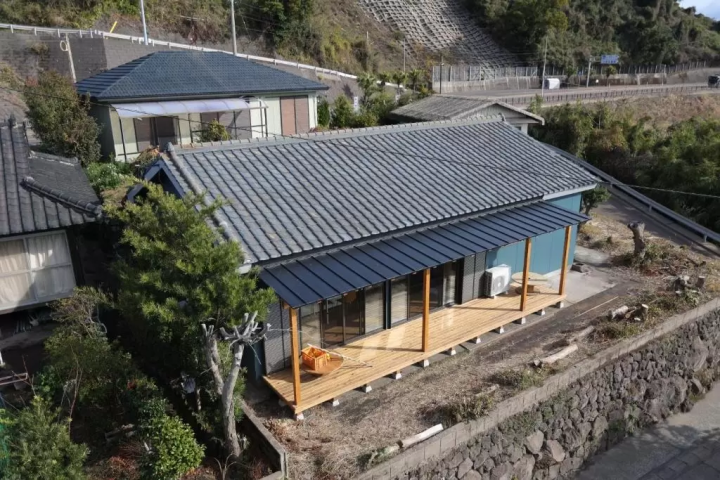
iko Terasu / Picture courtesy of Agoda
Options include the budget-friendly guesthouse iko Terasu, and the hot spring-including hotels such as Kokumin Shukusha Rainbow Sakurajima, scheduled to reopen with renovations on June 1, 2025.
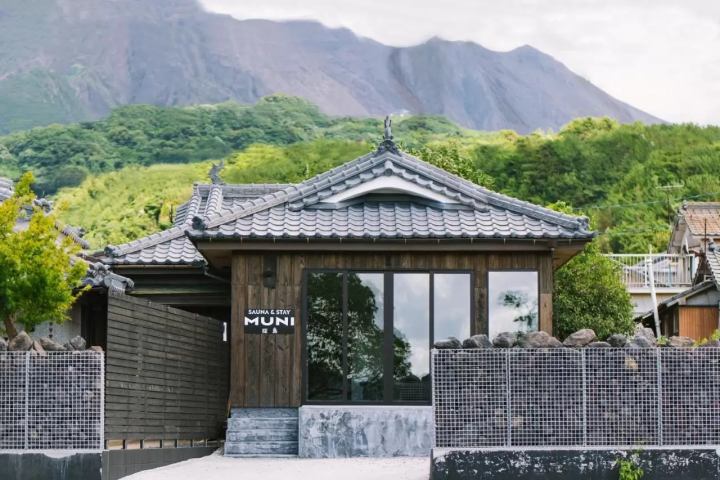
SAUNA&STAY MUNI Sakurajima. Picture courtesy of Booking.com
The unique ryokan-style hotel made from a renovated 90-year-old traditional house that is trending on SNS, SAUNA&STAY MUNI Sakurajima offers a variety of unique accommodations.
Staying overnight might be a worthwhile option to explore more of Sakurajima.
The Best Seasons to Visit Sakurajima: Spring and Autumn
While sightseeing in Sakurajima can be enjoyed year-round, the most recommended seasons are spring and autumn.
Spring (April to May)
In 2025, the average temperature is 21.4°C in April and 24.5°C in May (*1). The weather is warm and comfortable, and this is also when the lush greenery is at its best. Sakurajima Nature Dinosaur Park is a popular cherry blossom spot loved by families with children.
Autumn (October to November)
In 2024, the average temperature was 24.6°C in October and 18.3°C in November (*1). The air in autumn is crisp and clear, making it an ideal season for strolling, hiking, footbaths, and hot springs.
Summer (July to August)
The average temperature in summer 2024 was between 29.9°C in July and 30.5°C in August (*1). It gets quite hot, so it may not be suitable for walking or hot spring activities. However, if you want to enjoy marine sports such as SUP and canoeing, this is the best time.
*1 Data source: Japan Meteorological Agency
15 Minutes by Ferry to Sakurajima! Encounters with Dolphins?
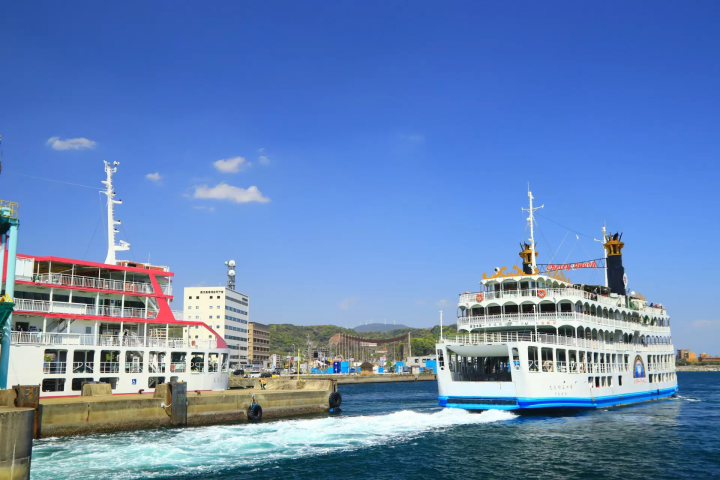
Photo by AC
The most convenient and scenic way to access Sakurajima from Kagoshima City is by using the Sakurajima Ferry.
While there is also a land route directly to Sakurajima from the mainland, the ferry is more convenient due to the distance.
If you're lucky, you might even encounter wild dolphins in Kinko Bay during the ferry ride!
One-way fare: 250 yen. Ferries operate 24 hours a day.
The one-way fare is 250 yen for adults and 130 yen for children (ages 1 to elementary school). Payment can be made with cash, credit card, or electronic money (including IC cards for public transportation).
Ferries run 24 hours a day between the Kagoshima Port terminal (Kagoshima Port Ferry Terminal) and Sakurajima Port (Sakurajima Ferry Terminal), with a travel time of about 15 minutes, regardless of whether it’s a weekday or holiday.
Access to the Kagoshima Port Side Boarding Area
When heading to Sakurajima from Kagoshima City, first travel to the Kagoshima Port Ferry Terminal.
If you are coming from Kagoshima Chuo Station, take the JR Kagoshima Main Line to Kagoshima Station (about 4 minutes without transfer), then walk approximately 7 minutes to reach the Kagoshima Port side boarding area.
You can also access via bus from Kagoshima Chuo Station. For more details, please check the official website.
Travel in Sakurajima During Volcanic Eruptions
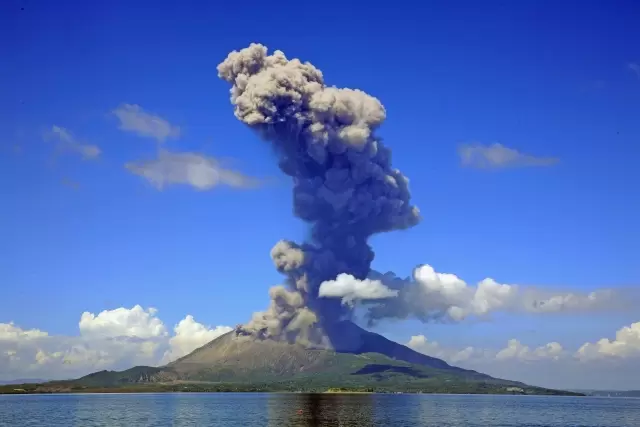
Photo by AC
Sakurajima is an active volcano and continues to be highly active. Small-scale eruptions occur daily, and seeing smoke rising from the volcano is not unusual.
The Japan Meteorological Agency (JMA) updates the "Sakurajima Eruption Alert Level" in real time. The alert level ranges from 1 to 5, with level 5 indicating the most dangerous situation.
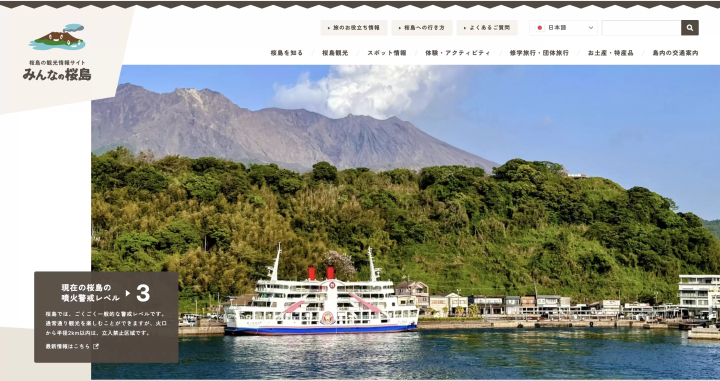
Picture courtesy of Sakurajima Tourist Information Site "Minna no Sakurajima"
According to the Sakurajima tourist information site "Minna no Sakurajima", "Level 3" is a general warning level. Although an exclusion zone within a 2 km radius of the crater is enforced, visitors can still enjoy sightseeing as usual.
It is rare for the alert level to be raised to Level 4 or higher. Should the level be elevated to Level 4 and the evacuation zone expands to the entire island, evacuations outside the island will be ordered, especially for the elderly and others who might have difficulty moving quickly.
Stay Informed
Depending on the eruption alert level, the restricted areas and necessary actions will vary.
When sightseeing on Sakurajima, be sure to check the latest volcanic information and warnings on resources such as the Sakurajima tourist information site "Minna no Sakurajima", the Japan Meteorological Agency, and Kumamoto Prefecture’s official website.
Also, check the multilingual hazard maps published by Kagoshima City!
Impact on the Ferry Service
The Sakurajima Ferry is a vital transportation link connecting Sakurajima with Kagoshima City, serving as an important route for residents’ daily commutes and evacuation in case of emergencies (*2).
However, service may be suspended during bad weather conditions such as typhoons.
The ferry operation status is regularly updated on the official website and the official SNS. When visiting Sakurajima, it’s advisable to check these sites for the latest information.
*2 Source: Plan for Evacuation and Safety during Sakurajima Eruptions at the Sakurajima Port Ferry Terminal
Impact on Flights
Ash fall from a level 3 eruption warning, which is common on Sakurajima, can affect flights departing from and arriving at Kagoshima Airport, potentially causing delays or cancellations.
In fact, on May 15, 2025, when the eruption warning was at level 3, heavy ash fall led to the cancellation of about 25 flights operated by airlines such as Japan Airlines and Skymark. Since ash fall can unpredictably impact flight operations, it is recommended to plan your trip with some flexibility to accommodate possible cancellations.
Be sure to check the operation status of your flight on the official websites of your airline.
Countermeasures During Ash Fall
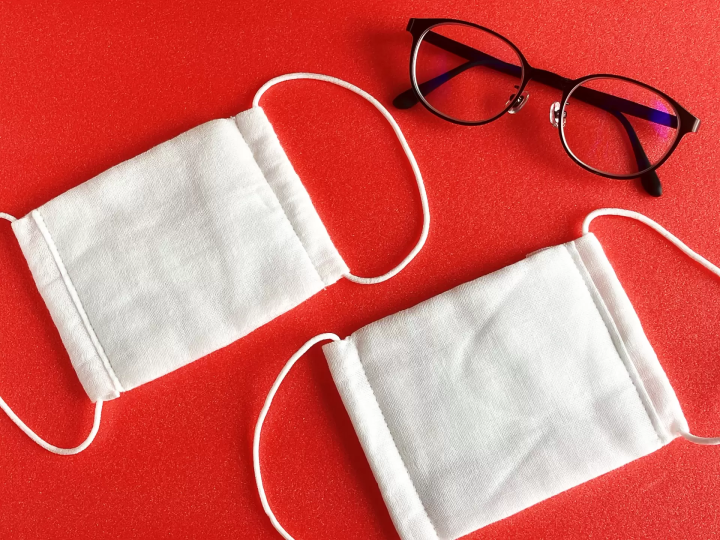
Photo by AC
For many residents living on Sakurajima, volcanic ash settling on the body is a routine occurrence. Most people simply brush it off from their clothes, and wearing masks daily is uncommon.
However, the official Kirishima City website recommends wearing masks during ash fall to protect respiratory health. Additionally, if you wear contact lenses, volcanic ash getting into the eyes can cause discomfort, so it is advised to wear glasses instead of contact lenses.
Therefore, when visiting Sakurajima for sightseeing, it is advisable to bring a mask just in case, and if you use contact lenses, consider wearing glasses in ash-fall conditions!
Check the Volcano's Status with Sakurajima Live Camera
There are several live cameras installed by the Japan Meteorological Agency and news organizations to monitor Sakurajima's current situation in real time.
Below is footage from the live camera operated by MBC Minami Nippon Broadcasting. For other live cameras from the Japan Meteorological Agency, check this page.
Experience the Coexistence with a Volcano in Sakurajima
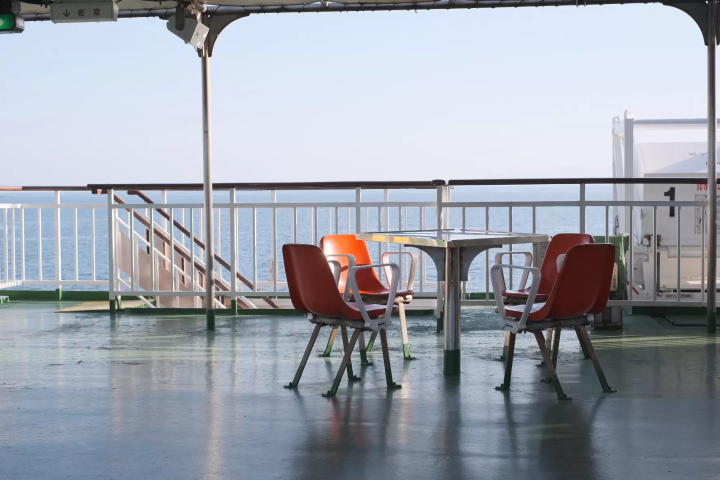
Photo by AC
Sakurajima, with its majestic nature and dynamic volcanic activity, is one of Kagoshima Prefecture's most popular sightseeing spots.
Although the volcano is still active today, by staying well-informed in advance and taking safety precautions, you can certainly enjoy a wonderful experience.
Feel the heartbeat of the earth and fully immerse yourself in Sakurajima’s charm!
Read also
Main image by AC



























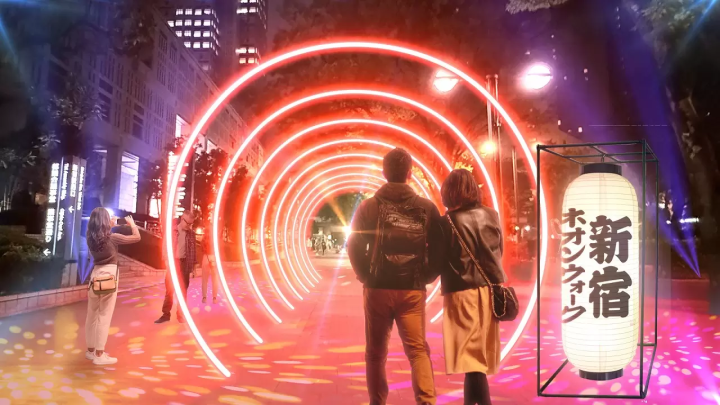
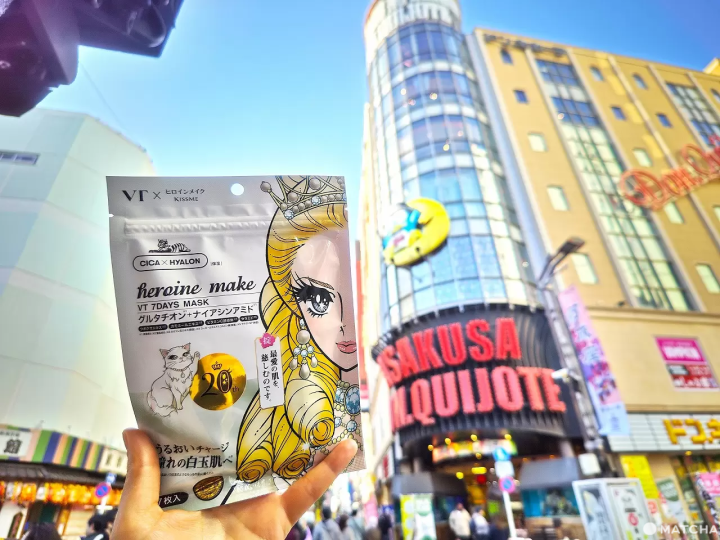

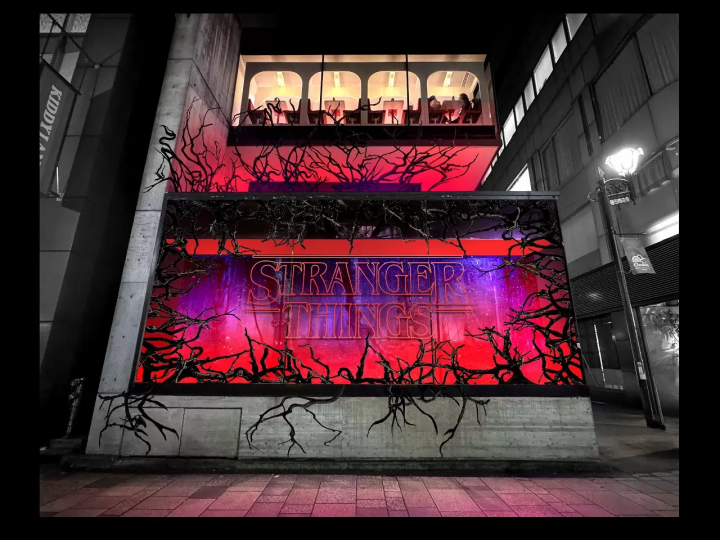
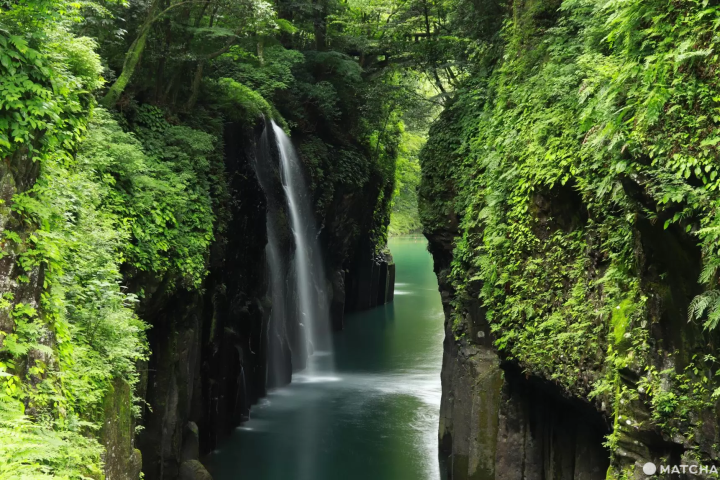





![[JR KYUSHU HOTEL Blossom Oita] A hotel directly connected to Oita Station - A comprehensive guide to access!](https://resources.matcha-jp.com/resize/720x2000/2025/10/23-247814.webp)
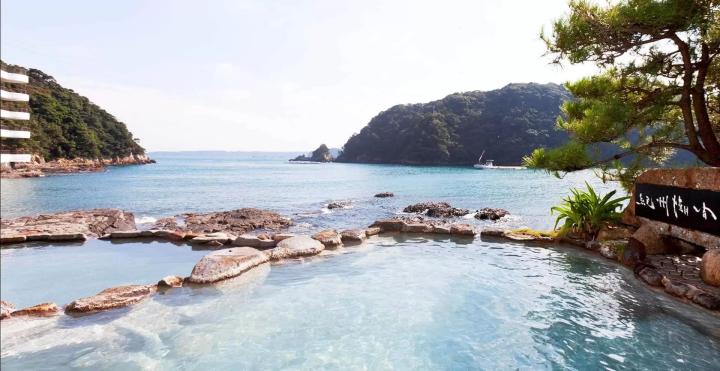
![Deep dive into Japanese brands! A tour of famous leather shoe stores with GENSEI & Nin [Harta Edition]](https://resources.matcha-jp.com/resize/720x2000/2025/12/18-253277.webp)
